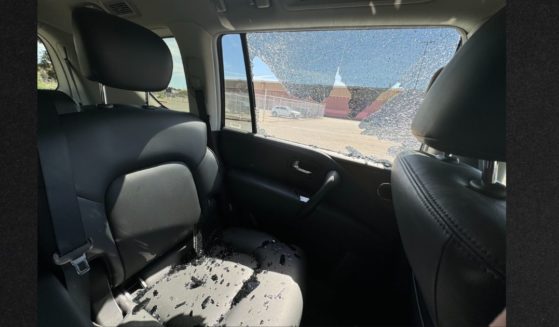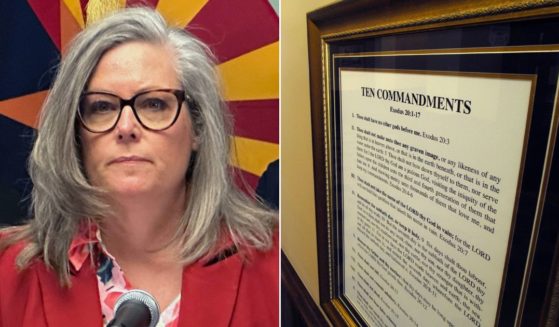NYC mayor: Extend shoreline to protect city from storms
NEW YORK (AP) — New York City Mayor Bill de Blasio announced a plan Thursday to meet the “existential threat” of climate change by extending a section of the lower Manhattan coastline as much as 500 feet (152 meters) into the East River.
The Democratic mayor said the $10 billion effort to protect lower Manhattan from flooding by extending the shoreline between the Brooklyn Bridge and the Battery will be funded partly by private development if federal funds are not available.
“If there’s federal money in play it probably looks one way,” de Blasio said. “If there’s not federal money in play, we have to get some private money into it and there has to be some development.”
Officials have been developing schemes to fortify New York City’s waterfront since Superstorm Sandy destroyed thousands of homes and businesses in 2012.
De Blasio said it will cost about $500 million to fortify most of lower Manhattan from future effects of climate change, including rising sea levels and intense precipitation, with grassy berms and removable barriers.
But planners determined that protecting the lowest-lying area, including South Street Seaport and the financial district, will require adding more land over several years.
De Blasio, who is contemplating joining the crowded field of 2020 Democratic presidential candidates, said the $10 billion landfill project should be supported by federal funds, but that’s unlikely to happen during the administration of Republican President Donald Trump.
“Lower Manhattan is one of the core centers of the American economy,” he said. “It’s where the financial capital of the United states is. The security of lower Manhattan should be a national priority. The fact is it is not. And it’s incomprehensible to me that there’s no sense of urgency from the federal government.”
He added, “We can’t afford to bury our head in the sand and that’s right now what our federal government is doing.”
The plan to extend the coastline will go through the city’s environmental review process, de Blasio said, but he hopes to avoid “the endless dragging on that usually accompanies something of this scale.”
But the prospect of private development on the newly built land is sure to meet resistance from downtown Manhattan community members.
City Council member Margaret Chin, who represents the area, said the more resilient future “cannot be paid for by private real estate development that would destroy the waterfront neighborhoods that we are trying to protect.”
De Blasio announced the climate resilience plan at a news conference after previewing it in New York magazine .
He said a study undertaken by his office and others has determined that if the city does not prepare for climate change, rising seas will expose 20 percent of lower Manhattan to daily flooding by 2100.
“This is the existential threat,” de Blasiko said. “This is the core issue we all must face as aggressively as humanly possible.”
The Western Journal has not reviewed this Associated Press story prior to publication. Therefore, it may contain editorial bias or may in some other way not meet our normal editorial standards. It is provided to our readers as a service from The Western Journal.
Truth and Accuracy
We are committed to truth and accuracy in all of our journalism. Read our editorial standards.












